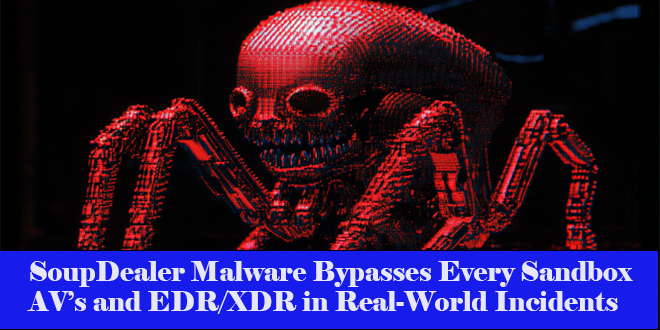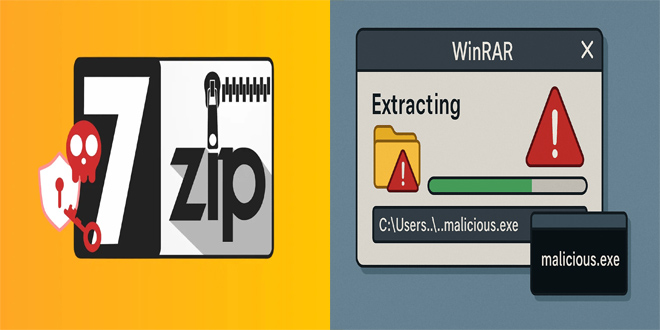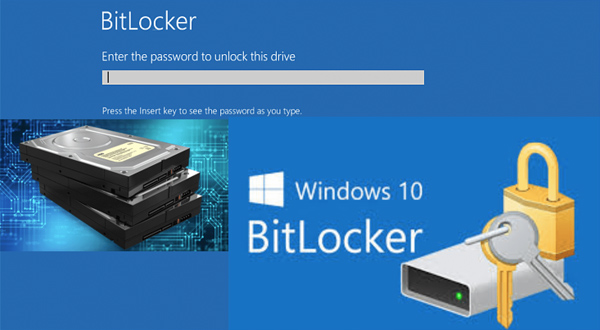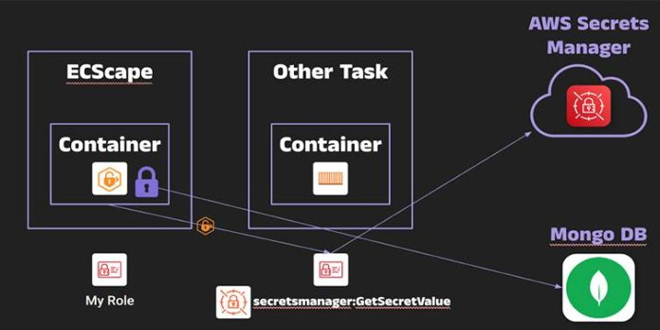Let’s look at 7 tools for automating patch deployment. Each tool offers unique features for various environments, from small DevOps teams to large enterprises.
Attune by AttuneOps (Windows and Mac: Free & Enterprise)
Best for: DevSecOps teams and infrastructure-as-code workflows
Attune is purpose-built for automating complex server administration tasks, with patching being one of the main use cases. You can schedule patch jobs, define pre/post conditions (like backups or service restarts), and manage compliance, all in one platform.
Website: attuneops.io
WSUS (Windows Server Update Services) (Windows – Free)
Best for: On-prem Windows environments under Active Directory
WSUS remains a go-to solution for organisations using Microsoft infrastructure. It allows centralised control over patch approval, scheduling, and deployment across client and server machines. It integrates natively with Group Policy and is ideal for environments not using SCCM or Intune.
Ansible (Linux, Unix, Windows – Open Source + Enterprise)
Best for: DevOps teams using CI/CD pipelines
Ansible, from Red Hat, is one of the most versatile infrastructure-as-code tools in the ecosystem. Through idempotent playbooks, you can automate package updates, OS patching, and configuration management across hybrid clouds. It’s agentless, relying on SSH/WinRM, which simplifies deployment.
ManageEngine Patch Manager Plus (Cross-platform – Free & Paid)
Best for: Visual dashboard-driven patching across OS and apps
This solution provides out-of-the-box support for 850+ third-party applications alongside Windows, macOS, and Linux OS patches. You get granular scheduling, pre-deployment testing, and rollback options: all managed through an intuitive GUI.
Canonical Livepatch (Ubuntu – Free for 3 systems)
Best for: Mission-critical Ubuntu servers needing kernel updates
Canonical Livepatch allows patching of the Linux kernel without requiring a reboot, which is vital for production-grade systems with uptime SLAs. Ideal for finance, telecom, or any enterprise running Ubuntu LTS in live environments.
Ivanti Patch Management (Cross-platform – Enterprise)
Best for: Enterprise-scale, multi-platform patch governance
Ivanti’s platform offers full-stack patching capabilities, covering OS, third-party apps, and endpoint security. It also brings in vulnerability scanning, remediation tracking, and integration with SIEM and compliance tools (like SCCM, ServiceNow).
Rundeck (Cross-platform – Open Source + Enterprise)
Best for: Role-based, job-scheduled patch workflows
Rundeck isn’t a patching tool per se, but its event-driven automation and RBAC support make it perfect for orchestrating patch jobs across hybrid environments. Use it to wrap existing patch scripts, enforce governance, and define automated remediation triggers.
Website: www.rundeck.com
Why Automated Patching Matters
Zero-Day Defence: Tools like Livepatch and Ansible help close known vulnerabilities before attackers can exploit them.
Compliance: Automate updates and generate reports for HIPAA, ISO 27001, NIST, etc.
Efficiency: Reduce manual labour and script maintenance through scheduled jobs and templated playbooks.
Reduced Downtime: Prevent unplanned outages with structured update policies, rollback options, and reboot coordination.
Source: securityonline
 InfoSecBulletin Cybersecurity for mankind
InfoSecBulletin Cybersecurity for mankind













